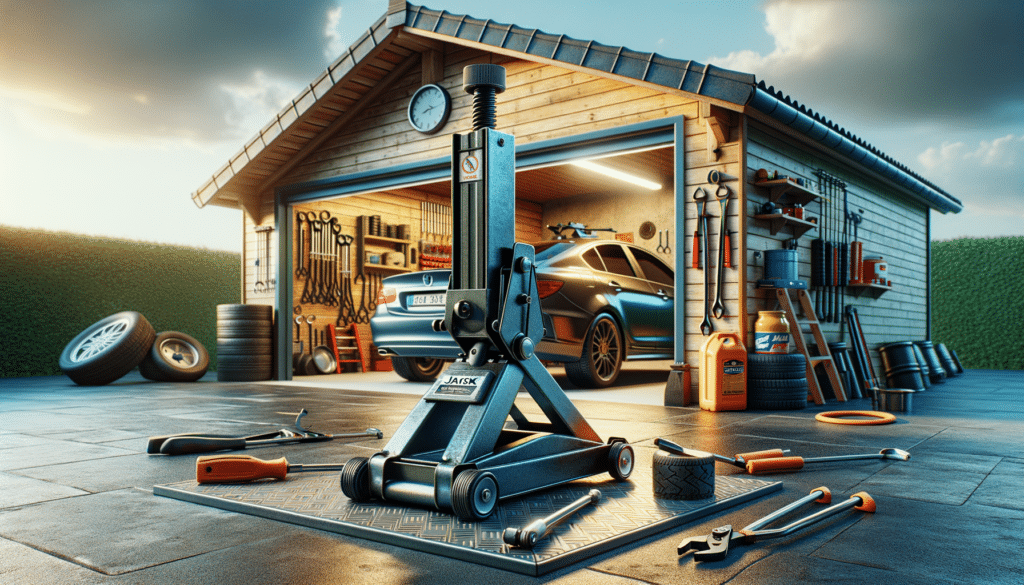Understanding the Importance of Car Jacks in Home Garages
Car jacks are indispensable tools for any home garage, providing the necessary support to lift vehicles safely and efficiently. Whether you’re a seasoned mechanic or a DIY enthusiast, having a reliable car jack is crucial for performing various maintenance tasks, such as changing tires, inspecting undercarriage components, or conducting minor repairs. The importance of car jacks extends beyond convenience; they are vital for ensuring safety during vehicle maintenance. Without a proper jack, attempting to lift a vehicle can lead to accidents, causing damage to the car or even injury to the user. Therefore, understanding the different types of car jacks and their functionalities is essential for anyone looking to equip their home garage with the right tools.
Types of Car Jacks: A Comparative Overview
There are several types of car jacks available, each designed for specific purposes and vehicle types. The most common types include scissor jacks, hydraulic floor jacks, bottle jacks, and trolley jacks. Scissor jacks are lightweight and compact, making them ideal for emergency situations and vehicles with limited storage space. However, they are not the most stable option for frequent use. Hydraulic floor jacks offer greater stability and lifting capacity, making them suitable for home garages where regular maintenance is performed. Bottle jacks, known for their vertical lifting capabilities, are excellent for vehicles with higher ground clearance. Trolley jacks, equipped with wheels, provide easy maneuverability and are favored for their versatility. When choosing a car jack, consider factors such as the weight of your vehicle, the jack’s lifting capacity, and the frequency of use.
Safety Considerations When Using Car Jacks
Safety should always be a top priority when using car jacks. Before lifting a vehicle, ensure that it is parked on a flat, stable surface to prevent the jack from slipping. Always use jack stands to support the vehicle once it is lifted, as relying solely on the jack can be dangerous. Regularly inspect your car jack for signs of wear or damage, and replace it if necessary. Additionally, familiarize yourself with the manufacturer’s instructions and weight limits to avoid overloading the jack. By adhering to these safety guidelines, you can minimize risks and ensure a secure environment for vehicle maintenance.
Choosing the Right Car Jack for Your Needs
Selecting the right car jack for your home garage involves considering several factors, including the type of vehicle you own, the maintenance tasks you intend to perform, and your budget. For smaller vehicles, a scissor jack may suffice for occasional use. However, for heavier vehicles or frequent maintenance, a hydraulic floor jack or trolley jack may be more appropriate. Evaluate the lifting height and weight capacity of each jack to ensure compatibility with your vehicle. Additionally, consider the ease of use and storage options available, as some jacks may require more space than others. By taking these factors into account, you can make an informed decision and invest in a car jack that meets your specific needs.
Maintaining Your Car Jack for Longevity
Proper maintenance of your car jack is essential for ensuring its longevity and reliability. Regularly clean the jack to remove dirt and debris that may interfere with its operation. Lubricate moving parts as recommended by the manufacturer to prevent rust and ensure smooth functioning. Store the jack in a dry, secure location to protect it from environmental damage. Periodically check for any signs of wear or damage, such as leaks in hydraulic jacks, and address any issues promptly. By maintaining your car jack, you can extend its lifespan and ensure it remains a dependable tool in your home garage.





